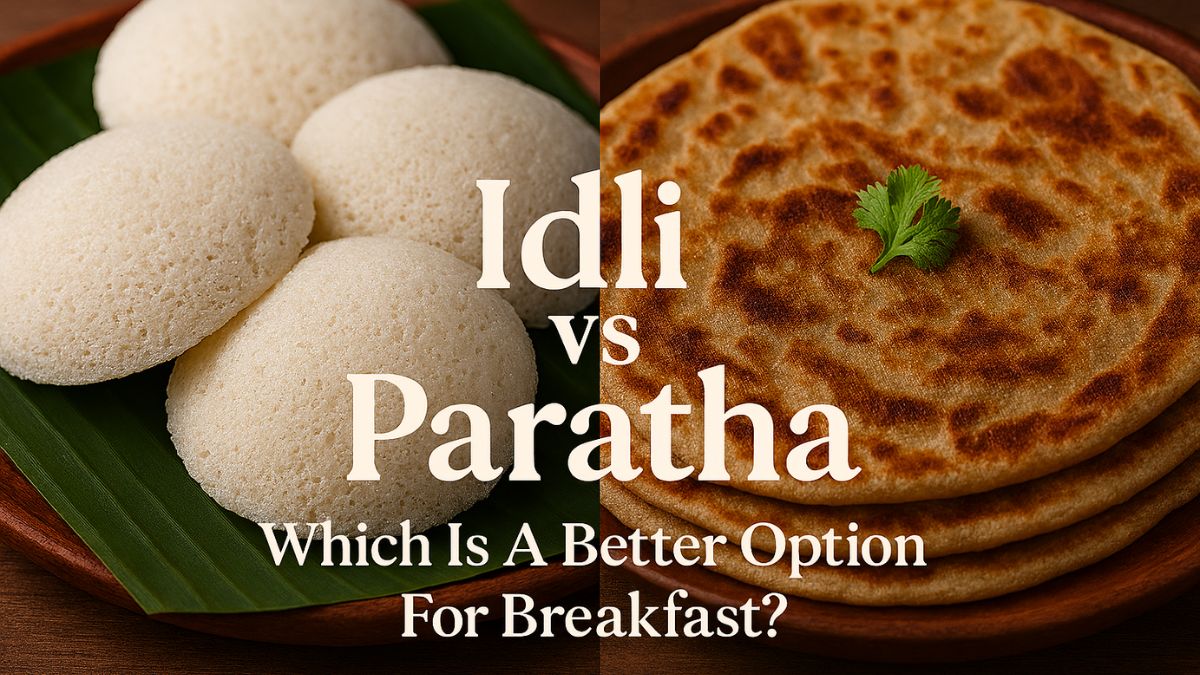Seasonal change and cold-and-flu go hand in hand. Falling ill during this time of the year is very common. Hence, alongside several other precautionary measures, our diet too plays an important role in fighting these seasonal infections. An earlier study by University of Helsinki in Finland, stated that larger dose of Vitamin C helps in reducing the duration of viral infection significantly. Benefits of vitamins are not unknown to us and one of the most significant benefits is of Vitamin C that helps in keeping infections at bay.
Several fruits and veggies are enriched with Vitamin C and one of those is our very own fresh coriander leaves. As locally called 'hara dhaniya', it is an aromatic herb native to Southern Europe and Western Asia. It not only adds flavour to food with its rich aroma, but also has several health benefits. It is a rich source of antioxidants and helps in boosting immunity. As per Health Practitioner and Nutritionist Shilpa Arora ND, "Strengthening of immune system will help in avoiding seasonal diseases."
The book 'Healing Foods', by DK Publishing House reads, coriander, also known as cilantro or Chinese parsley, "contains detoxifying, antibacterial, and immune-enhancing essential oils." According to a Bangalore-based nutritionist Anju Sood, "Coriander is a natural aphrodisiac, a great source of dietary fiber, magnesium and iron." Hence it also helps in aiding digestion, stomach cramps, balances blood sugar levels and more. USDA data shows, a 100 gm of coriander has 3.6 gm of carbohydrate, 2.08 gm of protein, 2.50 mg vitamin E, 27 mg vitamin C, 310 mg vitamin K, 055 mg pantothenic acid and more. Hence adding this wonder herb in your daily diet may help in fighting many health issues one faces during seasonal change.
Here Are Three Interesting Ways Of Adding Coriander In Your Diet:
Coriander Chutney-
Who isn't a fan of popular and tasty 'hare dhanie ki chutney'. Frequently made in almost every Indian household, this chutney is a perfect medley of fresh flavours of coriander, aroma of mint and tang of lemon juice. Click Here To Know A Full-Proof Recipe For Coriander Chutney.

Coriander Fritters-
Who says coriander can only taste good as chutney or as a garnish on other foods? It can easily be turned into a tasty fritter to accompany your evening teas. The best part is that it takes hardly 10 minutes to prepare it.
Find Out The Recipe For Coriander Fritter Below:
Ingredients:
Corriander sticks- one bunch
Besan- one cup
Rice Flour- half cup
Salt- to taste
Water- to make the batter
Oil to fry
Preparation:
Make a medium-consistency batter with besan, rice flour, salt and water.
Clean the coriander leaves. Do not chop off the soft stems. We would need both the stems and leaves.
Heat oil in a kadhai on high flame.
Dip the coriander sticks in the batter and put in the oil. Make sure to low down the flame.
Fry the fritters and take them off in a bowl.
Enjoy the crispy and crunchy dhania pakode along with your cup of tea
Mashed Coriander With Steam Rice-
It is a very common dish among Bengalis. Bengalis are known for making mash out of every possible vegetable and having it with steam rice. Likewise 'dhone-pata bata' or mashed dhania is a lip-smacking dish for many of them.
Here's How 'Dhone Pata Bata' Is Prepared:
1. Take a bunch of dhania patta, clean them.
2. Blanche them in hot water and move them to ice water (this helps in retaining both the colour and nutrient of the leaf).
3. Grind them in a mixer or grinding stone along with- salt, kalonji and green chillies. Do not use extra water. Some even add roasted garlic for the aroma.
4. The mash is all set to be consumed with steam rice. Some people take the mash and mix it in a pan, without oil, to get the excess water absorbed.
Try these yummy recipes and let us know which ones you liked the best.
About Somdatta SahaExplorer- this is what Somdatta likes to call herself. Be it in terms of food, people or places, all she craves for is to know the unknown. A simple aglio olio pasta or daal-chawal and a good movie can make her day.







